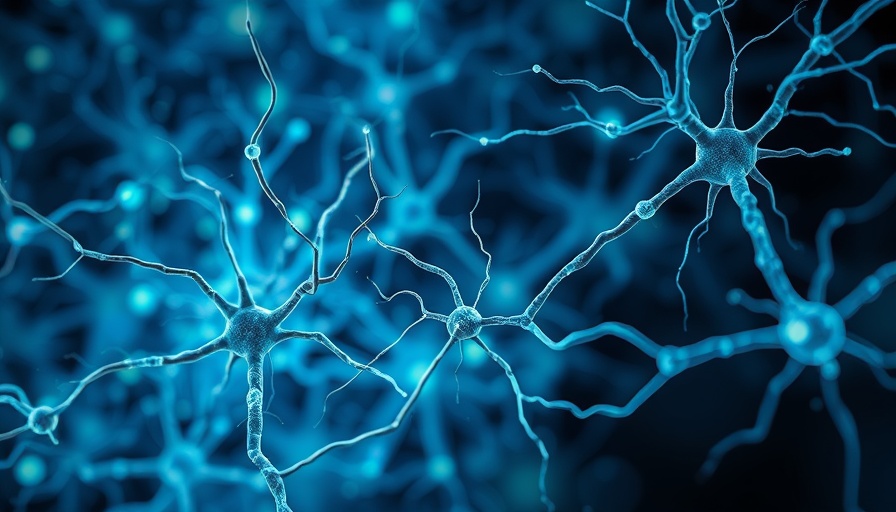
The Surprising Connection Between Language and Visual Memory
Did you know that the way we perceive and remember objects is influenced by our language skills? Recent research reveals that our brain doesn't just process language for communication; it intertwines with our visual memories, affecting how we recognize colors and objects.
For instance, when someone sees a yellow banana, both the visual recognition (seeing the banana) and the language association (knowing it’s called a banana) activate similar brain areas. This important link suggests that the brain's ability to understand visual features is more complex than previously thought.
What Happens in the Brain?
In a study published in PLOS Biology, researchers identified critical neural pathways that connect the brain's language processing regions with visual areas responsible for recognizing colors. When stroke patients experienced damage to these connections, they struggled to identify the colors of objects, even if their visual processing remained intact. This revelation highlights how language and vision collaborate to shape our understanding of the world.
Why This Information Matters
Understanding the relationship between language and sensory experiences can provide significant insights, especially as our population ages and more people face neurological challenges. For instance, as dementia progresses, language comprehension often diminishes, which can directly impact an individual's ability to recall colors, shapes, or typical attributes of familiar objects. This insight emphasizes the importance of developing therapeutic strategies that engage both visual and linguistic capabilities in patients suffering from conditions like dementia.
Real-World Implications
For caregivers and healthcare professionals, recognizing the nuanced interplay between language and sensory perception is crucial. Engaging patients with descriptive language about objects can help stimulate memory and recognition, therefore enhancing their daily experiences. For families of elderly loved ones or those impacted by conditions such as stroke or dementia, understanding these insights equips them to foster better communication and connection.
 Add Row
Add Row  Add
Add 




Write A Comment